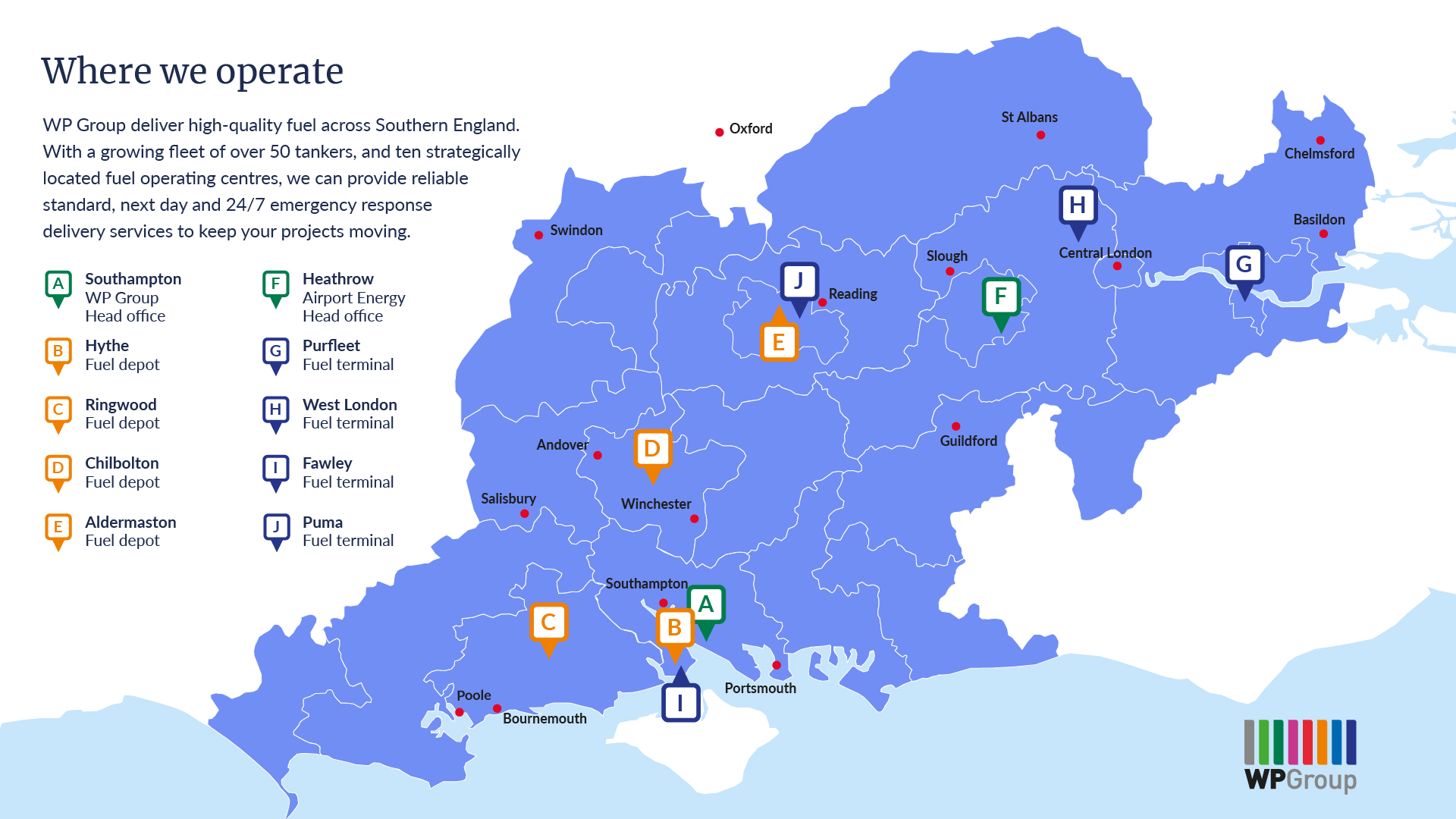Three signs your fuel storage may contain contaminated fuel
Published Tuesday 3 September, 2019

Fuel is the lifeblood of many businesses and to be without it would cause major operational issues. Most of the problems within standby fuel storage are caused by fuel contamination and degradation, this is an issue which should be on your radar. Fuel contamination is a common issue when storing white and red diesel, biodiesel and even kerosene, and it only takes a small amount to jeopardise your business.
Contamination can either be caused by something foreign coming into the tank that shouldn’t be there, such as microbes (also known as diesel bug); or by the fuel itself degrading. Contamination will lead to the incombustibility of the fuel which, in turn, increases fuel consumption as the fuel is passed out through increased emissions. The effects of contamination can quickly multiply and render the fuel useless, impacting efficiency, cost and reliability. However, recognising and sourcing the problem at an early stage will ensure that you can resolve the issue as quickly and easily as possible.
Making sure you are aware of the symptoms of contaminated fuel and knowing how to look out for the signs is the first step to prevention. WP Group have compiled a list of the top 3 signs of fuel contamination that you should be aware of.
-
The fuel appearance is not clear and bright
Samples taken from the tank bottom should appear clear and bright. If it is looking cloudy or dark, this indicates contamination. If it is looking cloudy, there could be water in the fuel. Microbes usually occur when water is present in the diesel, so keep this in mind when assessing the condition of your fuel. Water contamination is arguably the most damaging contaminate to find in your fuel tank, hence this needs to be resolved as quickly as possible.
If the fuel is dark in colour, then it is likely that asphaltenes are forming. Asphaltenes are hard particles that, if agglomerated, can block engine filters. Keep an eye on the condition of your fuel by taking samples from the tank bottom every 3-6 months will help to diagnose and solve the problems in time.
-
Vehicle and equipment performance is affected
The fuel contamination is usually discovered by noticing performance changes from the equipment using the supplied fuel. Tell-tale signs are a loss of acceleration and RPM, involuntary or volatile changes in speed, and sputtering. These signs mean that the fuel isn’t burning as it should. Any time your engines are running noticeably different to how they should be, make sure you eliminate the possibility of contamination in your fuel storage. Be on the lookout for black, white or blue smoke as well. If your vehicles are experiencing this and the engine is working properly, the smoke could be an indicator that there is a contaminate in the fuel. The most common offenders that cause these symptoms are heavy compound contaminates which also cause sludge. Be sure to also check the filter, if it is slimy or clogged this will restrict fuel flow to the engine.
-
Poor fuel tank condition
Checking the fuel tank regularly is a good habit to get into for catching fuel contamination in its early stage. Ensuring that the filters are unclogged and checking for any sludge build-up are critical for preventative management. Sludge at the bottom of the fuel tank can be formed from a specific, or a combination of, contaminants; it is also a sign of a poor filtration system. Any damage and holes on the tank should be dealt with immediately to prevent foreign contamination, and any signs of rust could also indicate contamination of the fuel.
Any of these signs above indicates the possibility of contaminates within your fuel supply. Spotting them can be easy once you know what you are looking out for. However, it can get trickier when it comes to figuring out how, when and what has caused them. Many of the signs above may have more than one root cause, while ensuring your fuel supply is maintained to a high standard will help to prevent contamination which could disrupt your business significantly.
WP Group offer a wide range of fuel services to help you prevent issues related to fuel storage and manage your fuel with ease. Get in touch today to discover what you can do as a business to ensure the risk of contamination is significantly reduced. Our experts can offer a bespoke consultation about the requirements of your business.



